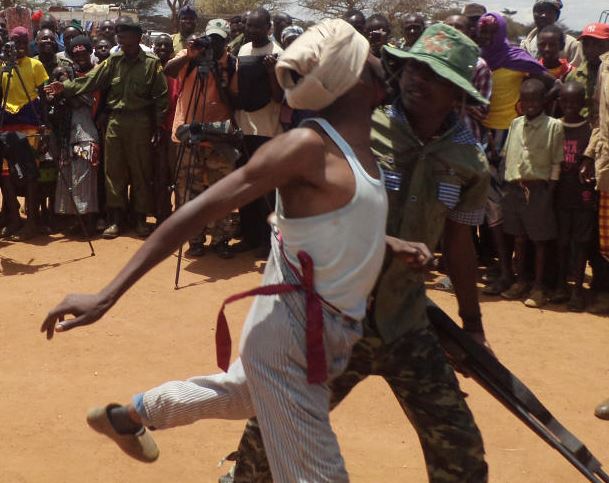×
The Standard e-Paper
Kenya’s Boldest Voice

Gun in hand, Nebukadineza, an ill-tempered turban-wearing farmer, rushes out of his house into the night in Laikipia.
Desperate, the farmer bought a gun to protect himself and his crops from marauding elephants. Every morning, he wakes to his maize, cabbage, banana and sugarcane plantations trampled by elephants. Now, he’s at his wits end.